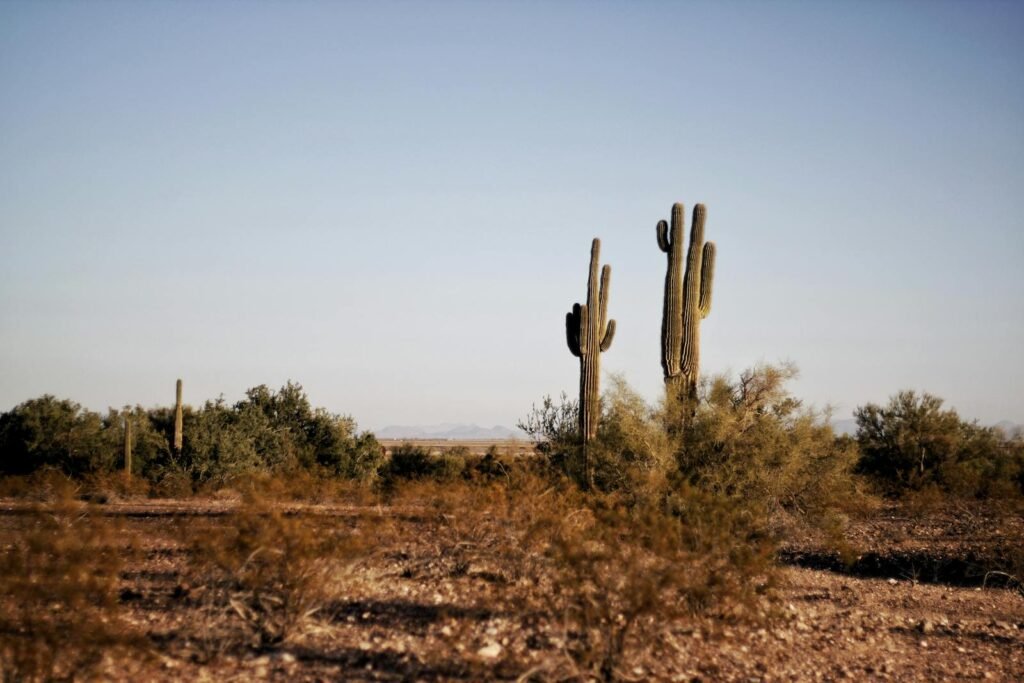Imagine wandering through the sun-baked deserts of Arizona, the sky blindingly blue overhead, and all around you stand the silent giants of the Southwest — saguaros. Towering and stoic, these cacti seem serene, even welcoming. But what if I told you that the iconic saguaro might not be as passive as it looks? In fact, if you get too close, it could “punch” you right back — and not just in the way you’d expect. The story of the saguaro cactus is one of beauty, danger, and a surprising kind of defense that captures the wild spirit of the desert.
The Majestic Saguaro: More Than Just a Desert Icon
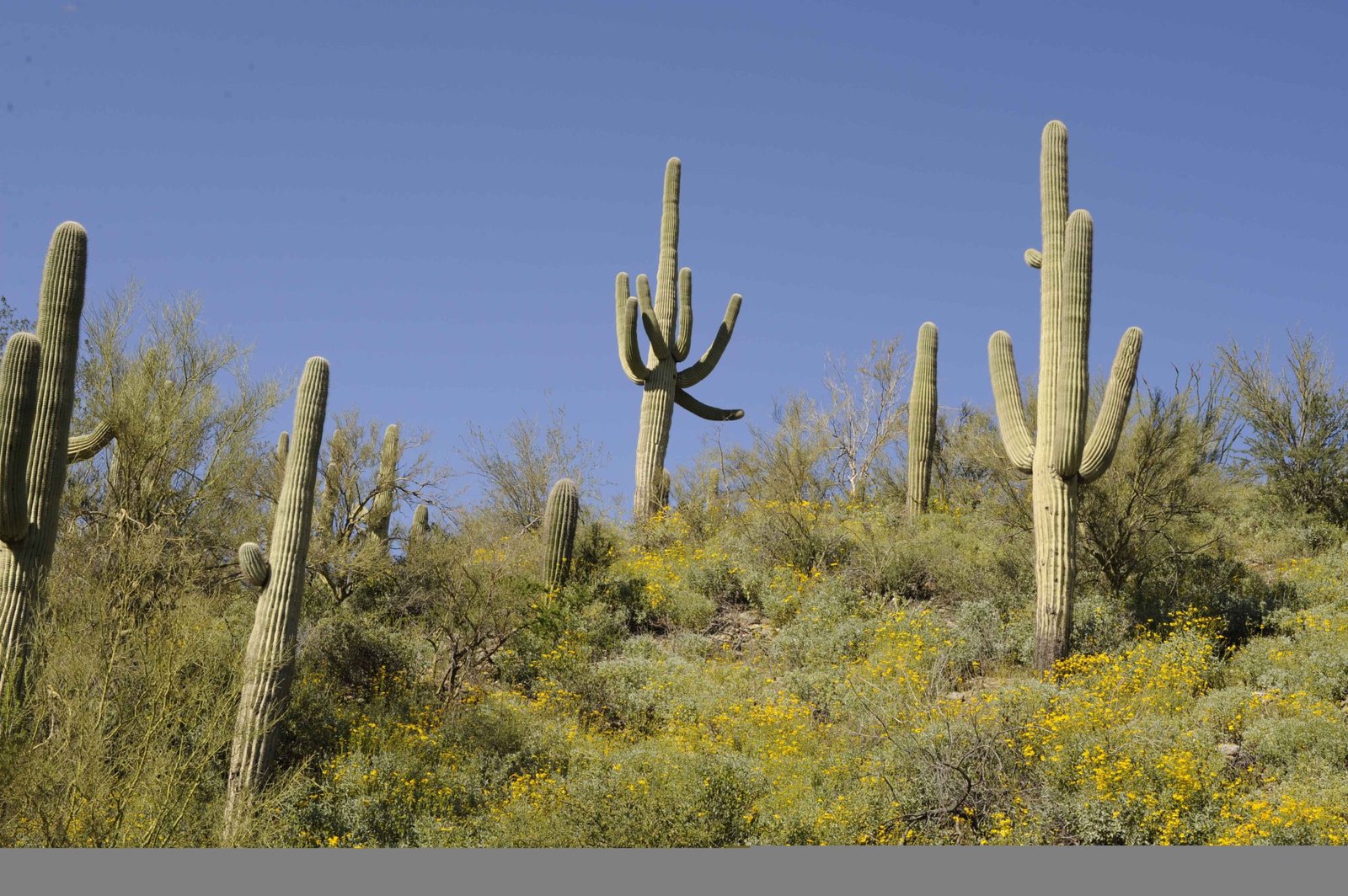
The saguaro cactus is instantly recognizable, standing tall with outstretched arms like a sentinel of the Sonoran Desert. These cacti can grow over 40 feet tall and live for more than 150 years. Their sheer size and age make them seem almost ancient and wise, but there’s far more to their story than just their impressive stature. Saguaros are deeply woven into the culture and ecology of Arizona. Native peoples have respected and utilized these plants for centuries, using their fruit for food and their ribs for building. They are also essential to desert wildlife, providing homes and food for birds, bats, and insects. But beneath their quiet exterior, saguaros hide a surprising toughness.
A Closer Look: The Saguaro’s Spiky Defense System
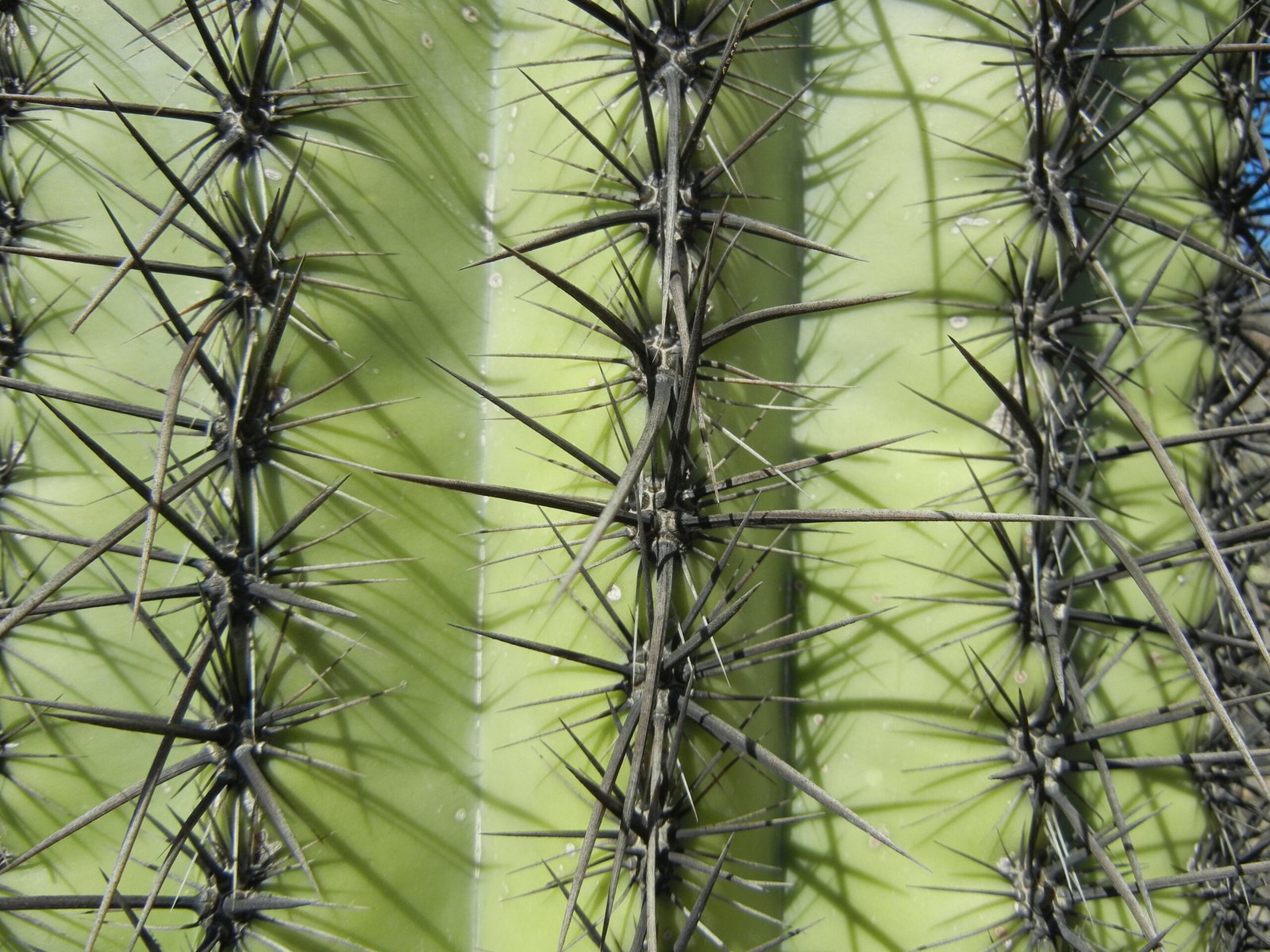
It’s impossible to miss the saguaro’s fierce armor of spines — after all, they’re what keeps most creatures at bay. Each saguaro is covered in thousands of sharp, needle-like spines that can easily pierce clothing and skin. These spines aren’t just there for decoration; they serve as the plant’s first line of defense against thirsty animals and careless humans. In the blazing desert, water is precious, and a saguaro’s juicy interior is a tempting prize. But try to take a bite, and you’ll instantly regret it. The spines are so sharp and strong that they can puncture leather and even deter larger animals. For people, an accidental brush can result in painful puncture wounds that are hard to forget.
When the Saguaro “Punches” Back: The Surprising Science
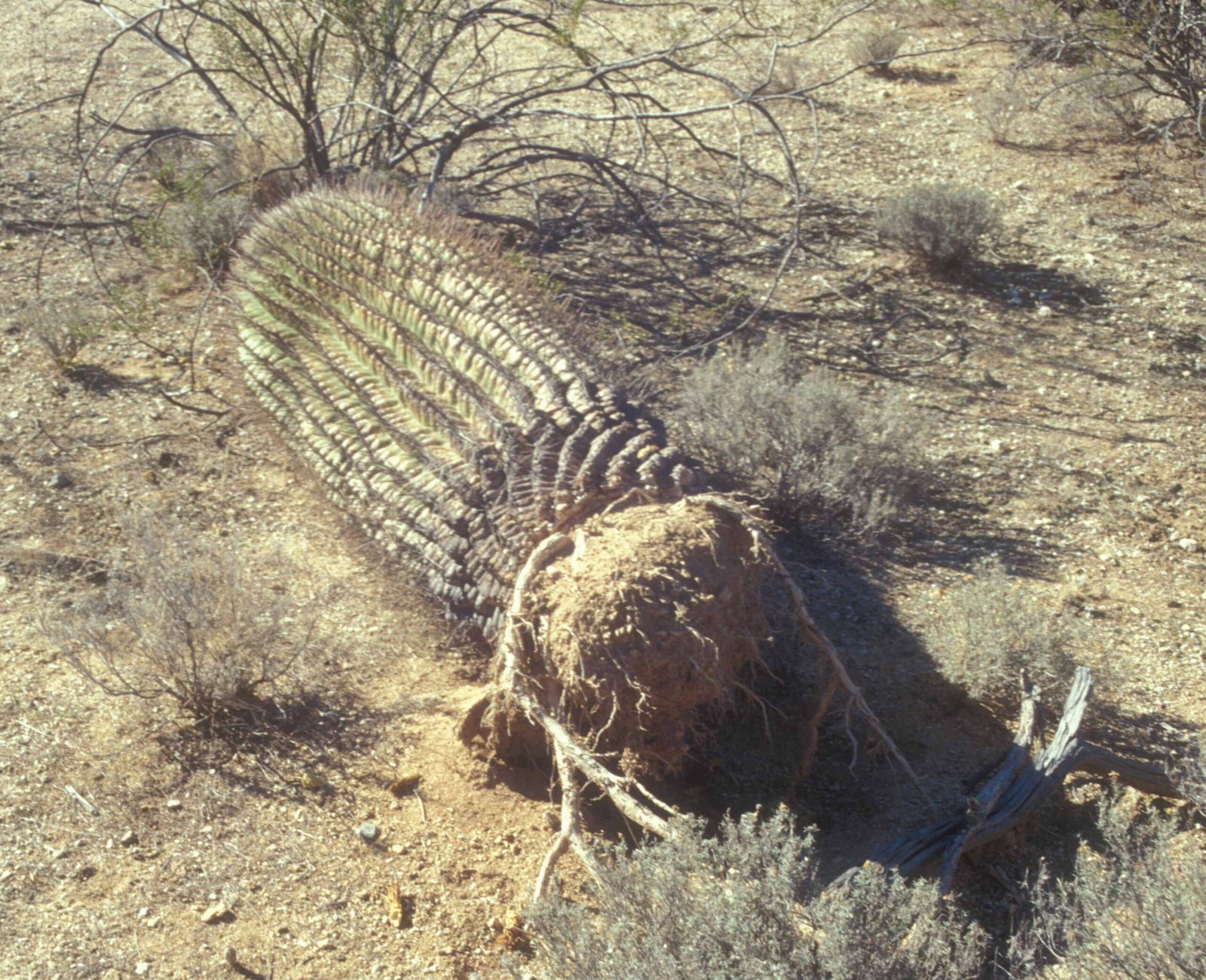
It might sound like something out of a desert legend, but saguaros really can “punch” back. This doesn’t mean they throw fists, of course. The phenomenon happens when someone tries to harm or move a saguaro — especially if it’s already unstable. Because saguaros are heavy and full of water, they have a tendency to topple suddenly if disturbed. If you’re unlucky enough to be in the way, the cactus’s massive weight and sharp spines combine to create a devastating impact. Injuries from falling saguaros are surprisingly common among those who get too close, and the results can be both painful and dangerous. It’s almost as if the cactus delivers a final warning: “Respect my space — or else.”
The Weight of the Desert: Why Saguaros Are So Dangerous
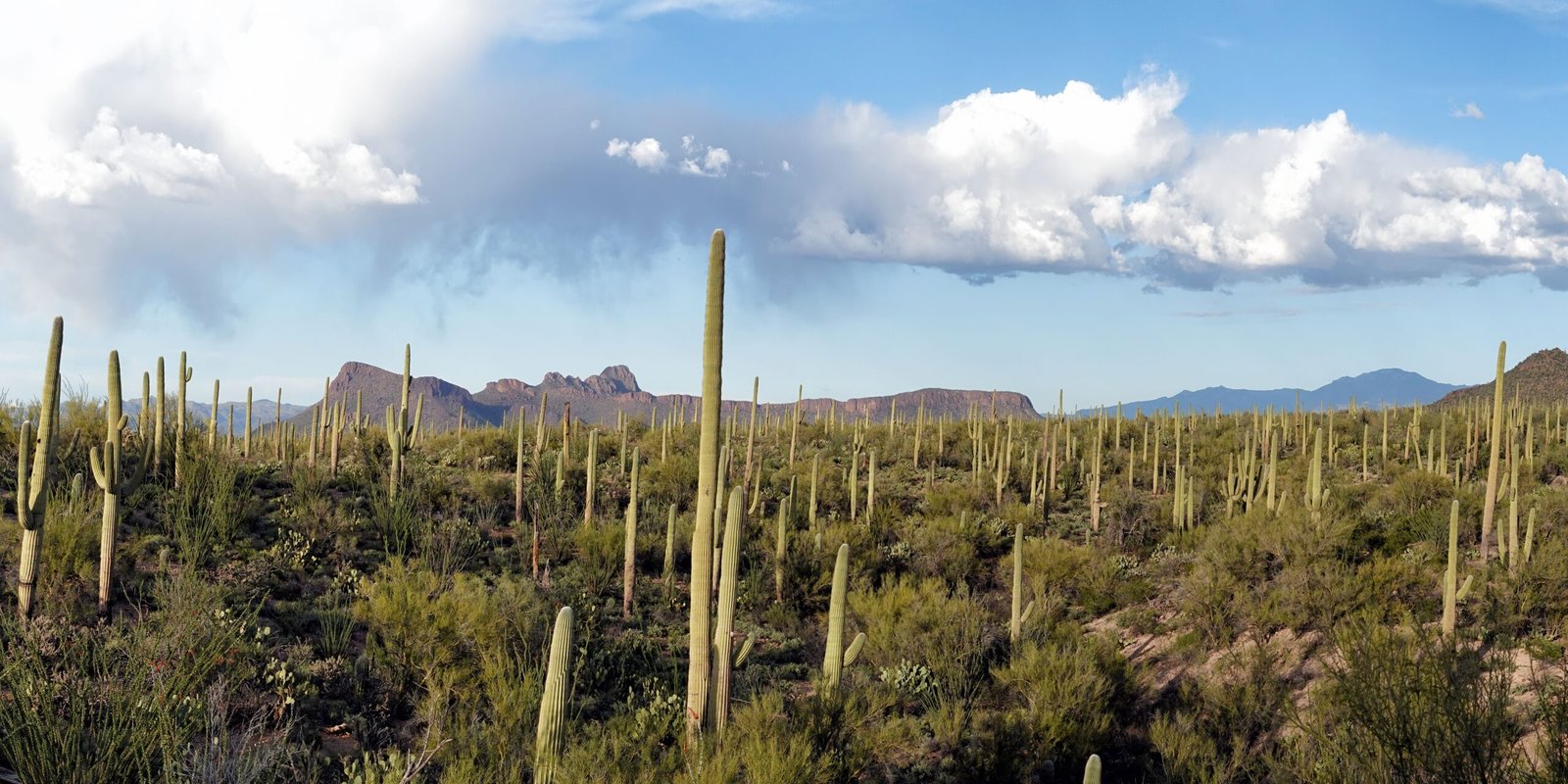
What makes a falling saguaro so hazardous is its incredible weight. A fully grown saguaro can weigh thousands of pounds, thanks to its water-storing tissues. Even a single arm can weigh more than a person. When a saguaro falls, it doesn’t just gently tip over; it crashes down with shocking force. The combination of momentum, mass, and those unforgiving spines means that anyone caught beneath or beside a collapsing saguaro could be seriously injured. In fact, there have been reports of both animals and people killed by falling cacti. It’s a sobering reminder that these plants, while beautiful, demand respect.
Stories from the Desert: Encounters with the Saguaro

Over the years, there have been some jaw-dropping stories of people who underestimated the saguaro’s defensive abilities. From hikers who accidentally brushed against a low-hanging arm to would-be vandals who tried to cut down a cactus, the desert is full of cautionary tales. In one infamous incident, a man attempting to shoot a saguaro was crushed when a heavy arm broke off and fell on him. Locals often joke that the saguaro has a way of “getting even,” but these stories highlight a real truth: nature always has the last word.
The Saguaro’s Secret Weapons: More Than Just Spines
While the spines are the most obvious defense, saguaros have other tricks up their sleeve. Their thick, waxy skin helps prevent water loss and makes it tough for predators to get inside. The accordion-like pleats on their bodies allow them to expand after heavy rains, storing massive amounts of water for the dry months ahead. This adaptation is vital for survival but also makes them surprisingly resilient to injury. Even if an animal or person manages to break through the spines, the cactus’s tough skin and rapid healing can often protect it from serious harm.
Saguaros and Their Wild Neighbors
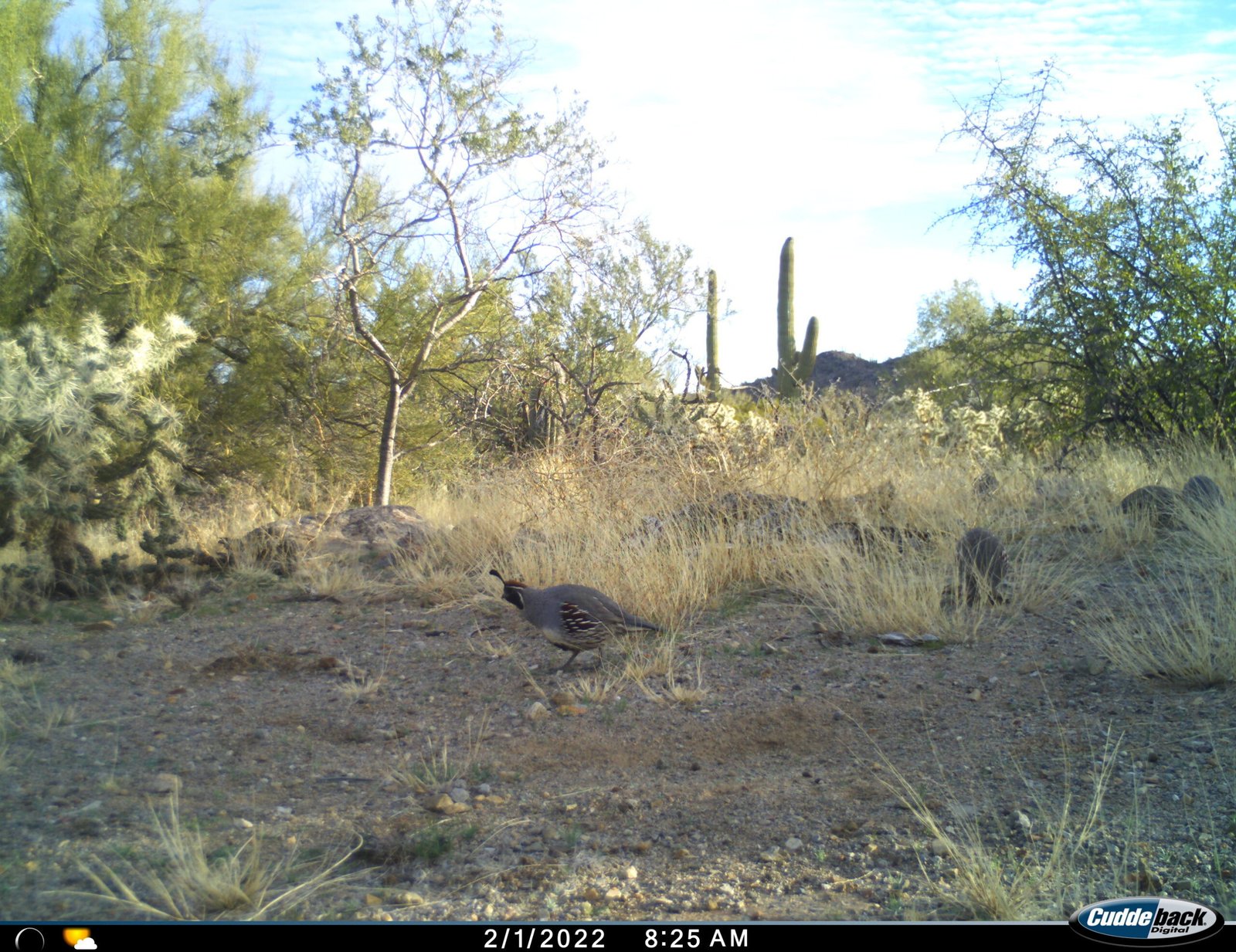
Despite their fierce defenses, saguaros are an essential part of the desert ecosystem. Woodpeckers and other birds make their homes inside the cactus, carving out nests that provide shelter from the harsh desert sun. Bats and insects feed on the saguaro’s flowers and fruit, while mammals like coyotes and javelinas munch on fallen pieces. Saguaros offer food, water, and shelter to countless creatures, making them a keystone species in the Sonoran Desert. The fact that so many animals rely on the saguaro, despite its spiky exterior, is a testament to the interconnectedness of desert life.
The Saguaro in Culture and Legend
For centuries, the saguaro has held a place of honor in the myths and traditions of Indigenous peoples in Arizona. Some tribes believe that saguaros are the spirits of ancestors, standing watch over the land. Their fruit is harvested in ancient ceremonies that celebrate the changing seasons and the bounty of the desert. Even in modern times, the saguaro is a symbol of resilience, endurance, and the wild beauty of the American Southwest. Its image appears on everything from state license plates to works of art, reminding people everywhere of the power and mystery of the desert.
Conservation Efforts: Protecting the Saguaro’s Future
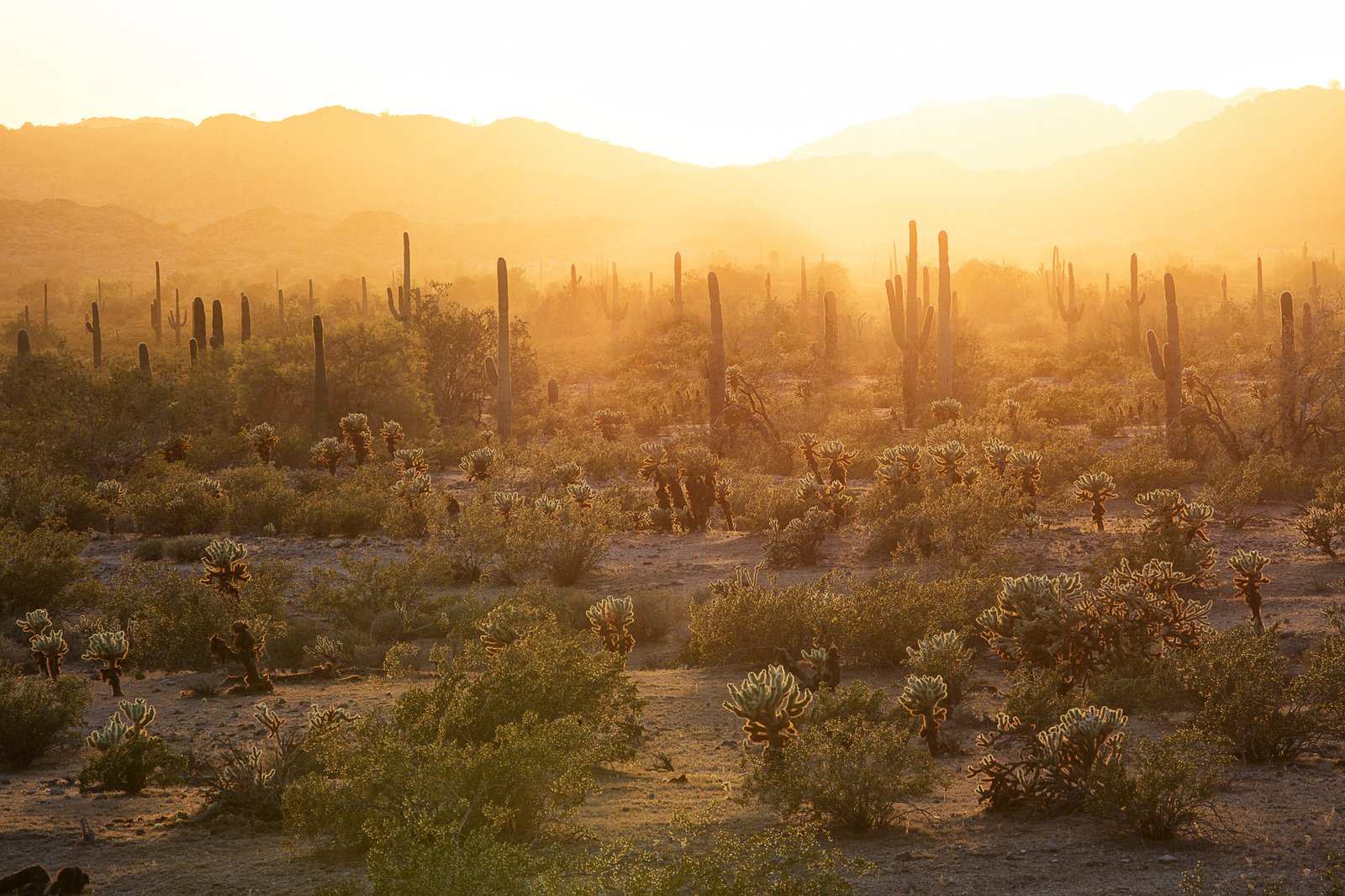
Despite their toughness, saguaros face growing threats from climate change, habitat loss, and illegal poaching. Rising temperatures and prolonged drought can weaken these giants, making them more vulnerable to disease and collapse. Human development has also reduced the natural range of the saguaro, crowding them out of their historic homes. Thankfully, conservationists and local communities are working hard to protect these iconic plants. National parks and nature reserves have been established to ensure that saguaros continue to thrive for generations to come. Scientists are also studying the saguaro’s unique adaptations in hopes of learning more about how plants can survive in a changing world.
What the Saguaro Teaches Us About Nature’s Power
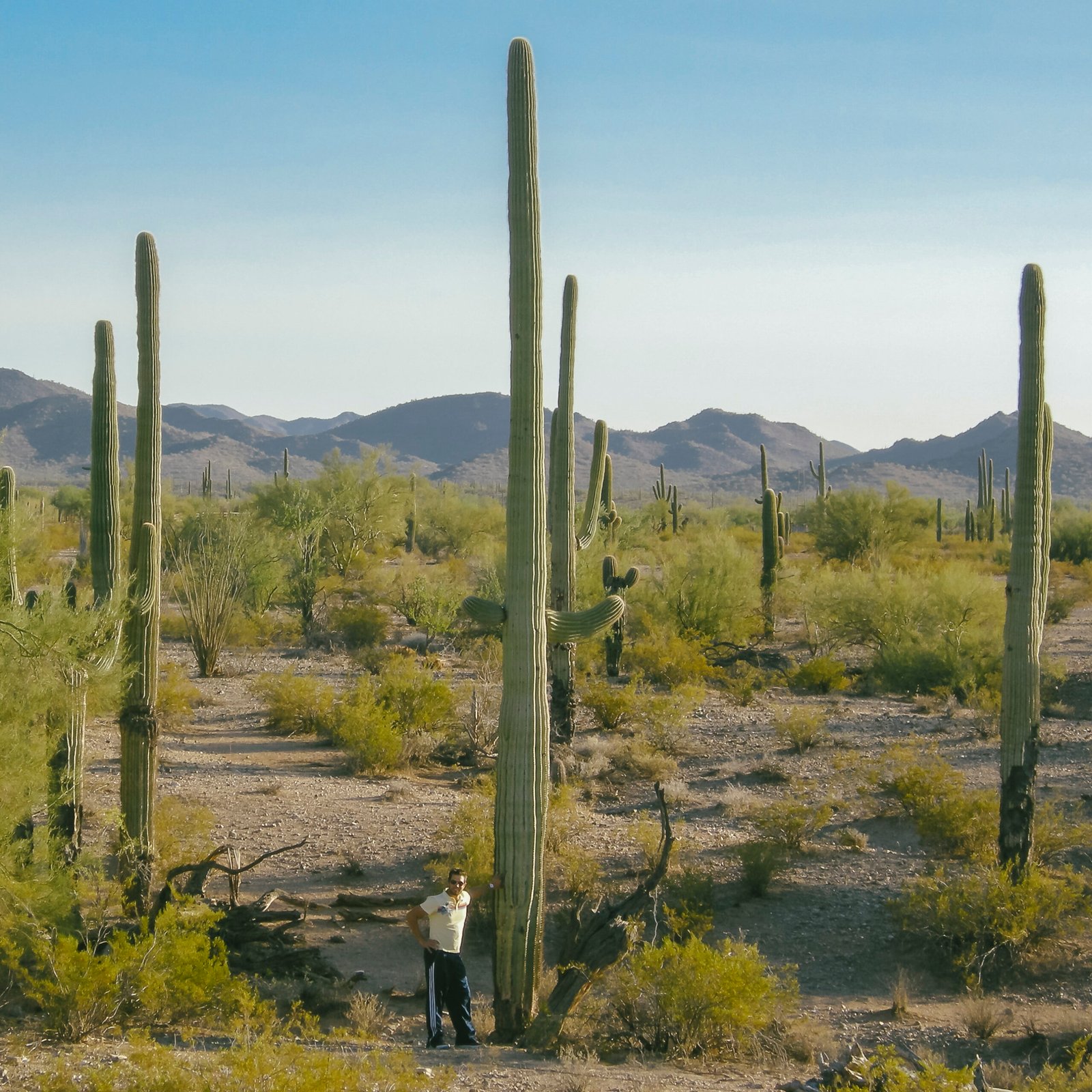
The story of the saguaro cactus reminds us that nature is never as simple or as gentle as it seems. These desert giants are both vulnerable and formidable, offering shelter and sustenance while fiercely defending themselves against harm. Their ability to “punch back” is just one example of the surprising ways that plants can shape their own fate. For anyone who visits the Sonoran Desert, the lesson is clear: respect the saguaro, and it will stand as a silent guardian of the wild. Ignore its warning, and you might just discover that even the quietest corners of nature can pack a punch.

